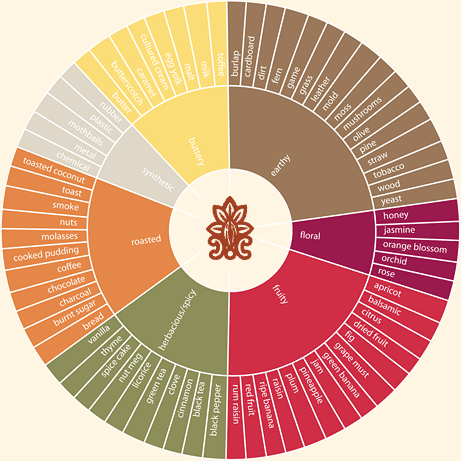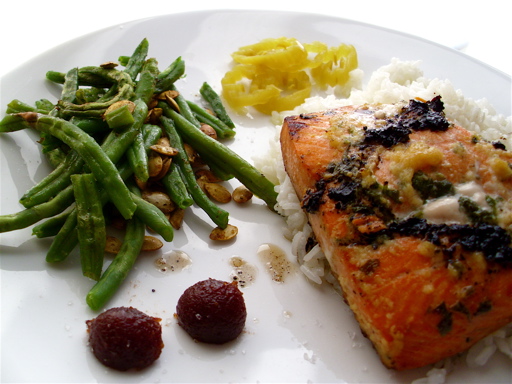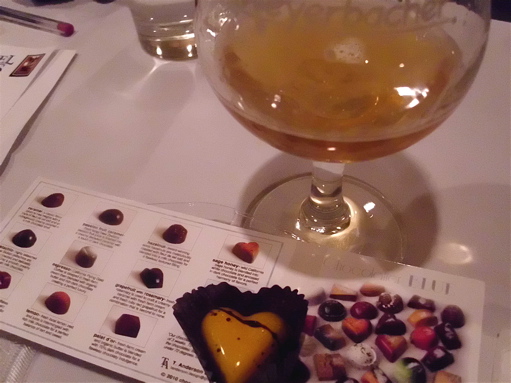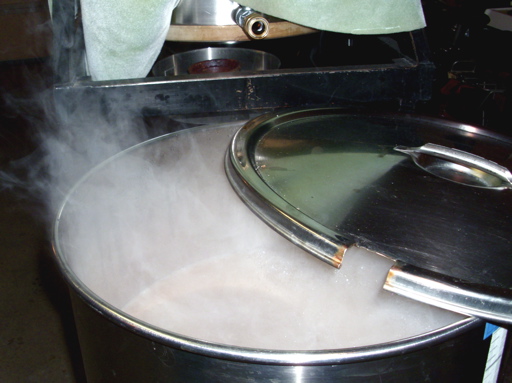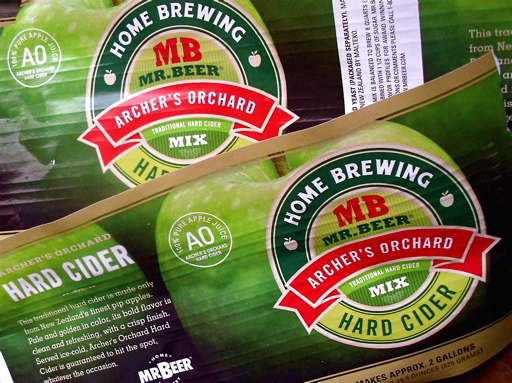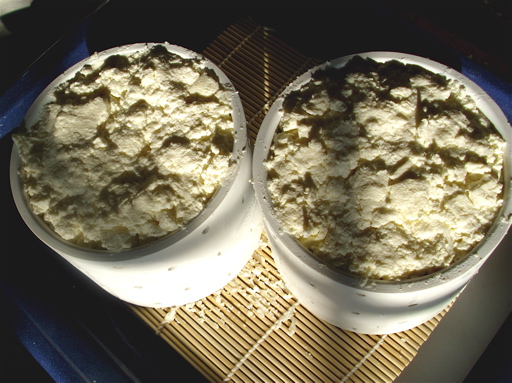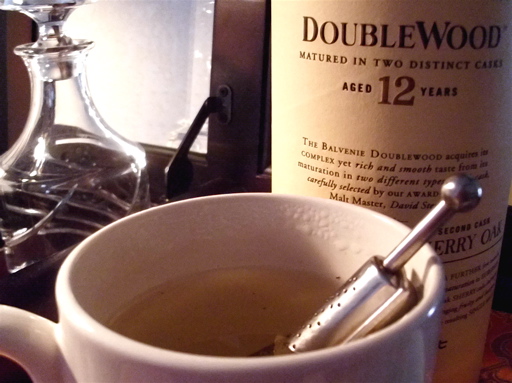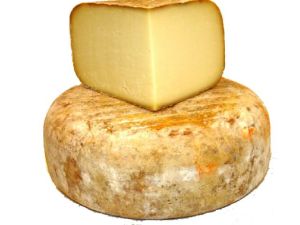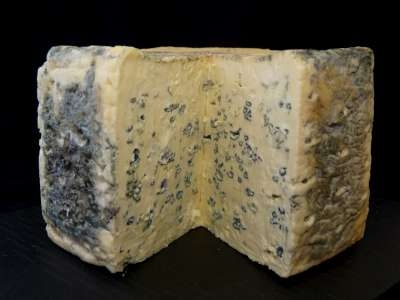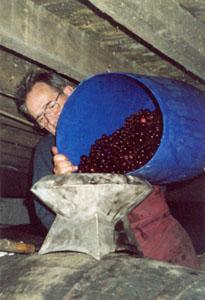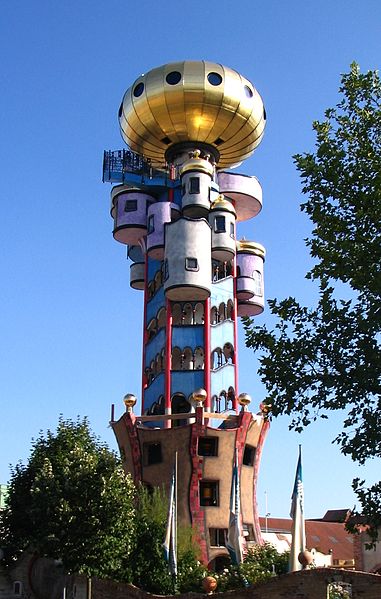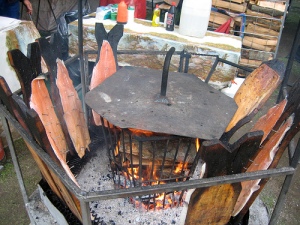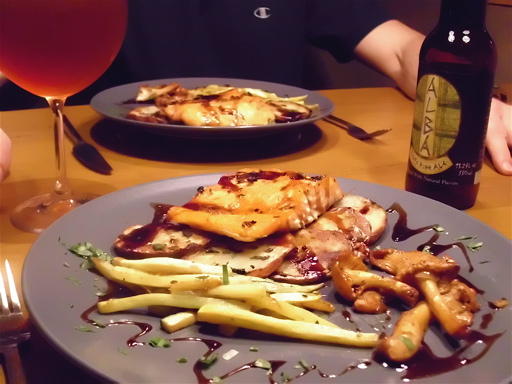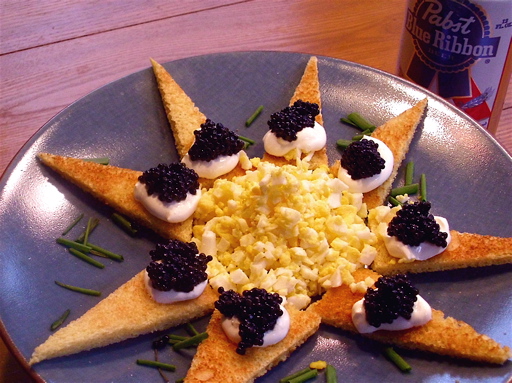Journey is often on my mind. Not the irksome 70s band, I mean journey the process of moving through life. A journey, to my way of thinking isn’t a little undertaking. It isn’t trudging through of foot of snow to pick up some beer before the shop closes. Though I’ve done that and labeled it ‘epic.’
Journeys takes planning and commitment, or at the very least, powerful external forces acting upon us. How come? Because on some level we know that to journey is to toil. It may tire the body or challenge embedded beliefs. We have to accept that it is going to get harder before it gets better. And it does get better, it’s just that becoming comfortable with that notion might require some trust in yourself or your chosen itinerary or your ambitions of self-renovation. Journey is unclear. If the path is fully illuminated it is just a walk through a foot of snow to the beer shop.
Real journeys are not limited to the physical sort, those involving arduous travel. They can be of the emotional-spiritual sort with inner travails of cellular reprogramming… biochemically morphing your physiological response and your neural pathways.
Changing your religious beliefs involves journey. Journey could be finding a new attitude towards life while healing from a could-have-been-fatal disease.
Journey can be nearly freezing death while winter camping in Nova Scotia as images of an ice-bound bearded trapper and Micmac funereal stands and a fearsome man-bear spiritual figure taunt you to stay awake or else suffer the same frozen fate as that begrizzled long ago man motionless in ice.
Journey can be finding a ‘new’ interest in something halfway through your life, then gradually discovering that you know all about it, that you have known all about it all along. It could be music or woodworking or hospice care or abstract math or bass fishing or Tai Chi or growing vegetables or loving people unconditionally.
Journey will have unexpected consequences, synchronicity, unlikely meetings with average people who somehow peer right into you and know you and love you and teach and heal and surprise. Journey is supposed to be tough. That’s alright, it has rewards. When the voyage embodies both the physical and the metaphysical I am always left with more energy than I started with. You wonder why people go on a fast or run ultra-long distances or travel in non-touristic places. They are simply people who value certain kinds of journey. They have undertaken them before, they have realized growth from what they assimilated, and now they want more. I call this ‘growing forward.’
I am this way, too. At least I hope to be so.
My new seasonal migration route is between the expansive prairies of Nebraska and the tightly nested hills of Vermont. It is a formidable drive between two places that are important to me. These are places where I am rooting into the fabric of daily life, smelling the earth, noticing the distant horn of a freight train, writing. They are the same place really. You might not agree, if only because you think first of the physical world. That’s fine. I’m not trying to convince you of either place. These places are the poles of my pendulum and I expect most of the journey takes place as I swing from here to there.
As I said, it is a demanding drive, the better part of 30 hours. And while parts of the Interstate system are familiar to me from other migrations, parts are also new. More importantly, the main line of this drive opens up possibilities of discovery in places like central Pennsylvania, the Southern Tier of the New York panhandle, and the cities and farms of central Iowa. What lies in these places? I mostly don’t know. But I will surely get off the main track and see-feel-know for myself.
About a week ago I made the drive from hill to prairie. I wanted to have time in the daylight to close things up and that left me with a shorter first day, say seven or eight hours of driving. As the distant, white and fuzzy winter sun crept cautiously into the barren tree tops I made the last efforts to pack the truck, lock down the buildings, pack a lunch, say a prayer, and descend from my icy roost.
During this trip I knew my inner process would shift across what I call the five stages of journey. There is a planning step in which you gather your provisions, again the cache could be literal, things like food and maps and a coat and a toothbrush. Provisions could be the deals we make with people, Please do this if I don’t come back. You won’t have everything you need and you won’t need everything you brought. This truth leads one to pack fewer and fewer things as one become more experienced in journeying. This lightens the load, so to speak, and emancipates the voyager.
Embarkation follows. This is a period of excitement and alertness. There is a joy in celebrating that you’ve gotten this far, that you are underway. Your fertile imagination grows bounties of ‘what ifs?’ But you will end up realizing few to none of these dreams, because in order for journey to do its medicine you have to let go. Let go of preconception. Let go of path. Let go of need. Let go and just go.
As the toil of the journey wages on there is a time of uncertainty, of second-guessing of one’s motives, of self-doubt. This midpoint, though not necessarily right in the middle, can seem endless and monotonous. It is the time in a long race when you fantasize about a juicy hamburger or when that ache in your leg seems to dominate your perceptions above all else. This is the time, since having been on previous journeys, that you know is a passing feeling and that however interminable or uncomfortable you must push through.
The fourth stage is “horse coming home to the barn.” If you’ve ever seen the phenomenon, you know it is only a metaphor when applied to people. Horses really do pick up their energy when they know they are almost home. There is a downhill feeling at this time. It’s as if the real ‘work’ of the journey has taken place in the hard part, the interminable midsection. When I’m on my way to the barn I feel exhausted but not sleepy. I keep on going.
When I’m traveling with others this is the time they really resent me. I seem to just keep going and going, while they might be succumbing to the wear and tear of the mid-section, the germ they breathed on the plane a week before finally taking hold. If I had to explain why they get run down while I don’t, I would say it is because they didn’t embark on a journey. They didn’t plan, they didn’t schedule, they didn’t imagine when and where we would go off the plan, when we’d let go. They just went on a trip, while I was undertaking a journey. There is no better or worse, right or wrong here. Journey is fundamentally a personal pursuit.
The fifth stage hits me after arrival. I am alert and immersed in a glow of being self-aware and present in the moment. Someone will say, “You must be tired!” And I have to watch the signals I give, because I’m not tired yet, I’m thrilled. I reflect on the journey and take stock in the experiences. I marvel at how certain people and places seemingly conspired to make me see something or learn something about myself, or give me hope for this sorry lot we call the human race. Yes, there is fatigue, but it is a well-earned, rich and satisfying exhaustion from which one plunges into restful sleep.
So I drive from the hills to the prairie… by way of hours of backed up New Year’s Eve traffic on the Connecticut freeway system. Carl knew better. He always took the Taconic Parkway. A little longer, curvier, hillier and serene. The New York State Thruway is a blessing, too, not because I would ever take it, but because it runs parallel to the Taconic, just on the other side of the Hudson River. Most everyone takes that road instead.
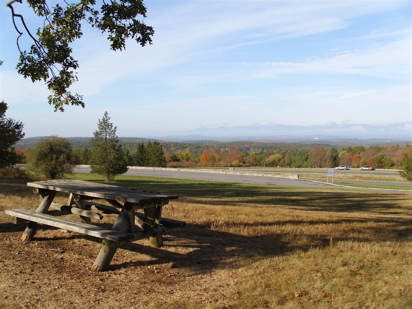
Taconic Parkway view facing the Catskills.
The Taconic is a proto-interstate built on old Indian byways. It winds through the foothills east of the Hudson. Beyond the river valley old towns with Dutch names lurk in the forest and above them tower the Catskills. On this day they look positively massive as they peer through wintery clouds, as the first mantle of this year’s snow merges with the clouds like a forgotten Japanese ink drawing of Mt. Fujiyama hanging in a long-abandoned motel room.
The views from this road never look the same to me. It is as if the roadway slithers around its general course and each time I drive upon it I see places I don’t remember seeing before. I like to say Taconic the Algonquin way: make a mouthful of spit and say taghkanic. It gives me chill, like whenever I hear bagpipes – a reminder of distant lifetimes that I know something about. I know something about it, but I do not deign to explain it. I would just be making up stories. Next trip, no more Danbury Dip. Take the Taconic.
Then on to Pennsylvania, a northeast state that always surprises me how long it takes to traverse. I had an appointment with a homebrew shop in Akron the next day. I had to get pretty far along, at least halfway across the Commonwealth. And so it happened that I had looked around for breweries near where I thought I might end up. It was a loose plan, one that allowed for me being energetic enough to carry on for a couple of more hours. But I also knew that I’d be in the third stage, the self-doubt and time-moves-slowly stage. There was a little town called Millheim, somewhere off the freeway and in the folded limestone hills east of State College. A beer writer I trust had said some good things. The only accommodation nearby was a family-run place, a cluster of five single cottages, a mile to the east. By the time I arrived they would have “rolled up the sidewalks,” as my mother was fond of saying.
It was dark now, and had been for a couple of hours. I managed to not overshoot my exit and soon found myself at a stop sign, headlights peering through inky dark into impenetrable woods. No buildings, no lights, no sign of habitation. Left turn. Winding road warning sign, whew, down to 20 miles per hour just to stay out of the woods. I needed to come down from the highway speeds to this new place, a place with such a winding, plummeting little road that I thought I might be in Dummerston, VT. Had I really been driving for nine hours? Had I left Vermont? How could I be this turned around?
With a new breath the lay of the land began to agree with me and after going down into a stream valley and up the other side, and down again, the road straightened out somewhat and I came upon two flashing red tail lights on an as yet invisible and slow-moving thing, a tractor I thought. But as I pulled on by I saw it was an Amish buggy, a sleek black pony clopping along sending frosty spirals of steam from its nostrils, nearly the only thing illuminated by the light on the front of the craft.
I was to pass five more identical buggies in the few miles it took to get to Millheim. My first thought was how undereducated I was to think that the Amish only lived in Lancaster County. Of course they would be here, in verdant vales and foggy meadows, along age-old farm roads, atop rich damp soil. Of course. I’m traveling these twisting, late night roads with Amish buggies and snorting ponies and it should be said, with headlights and taillights, the price of a high speed society “evolving” around this idyllic existence. The long barns and white clapboarded farmhouses, dimly lit by their Spartan inhabitants… A sliver of moon just hinting at the murky meadow’s edge where it meets the deer-filled old sugarbush… A dip in the road, a narrow concrete bridge, a trout stream passing beneath. I’m beginning to understand this place and I haven’t yet seen it in the daylight.
Somehow I already knew I would be back, especially if the beer was good. Every great pilgrimage needs a few good way stations and I’m not averse to returning to a place. But I can become jaded by so many brewpubs. Sometimes I just go to say I’ve been, to check them off a list. But beneath that is the real reason I hunt down new beers: because every one out of so many is really delicious, made by interesting people, set in a fascinating backdrop, or otherwise hints at a little bit of treasured and elusive synchronicity that happens when my spirit guides just happen to be in the same room with me. It has been a while since I found one of those amazing places. I was overdue. I did not want to become a curmudgeon, a stiffy, a person with ever-narrowing beliefs, such as happens with age. I see it all around me. Part of this journey was the sometimes difficult rehearsal to keep my eyes open and not tell my eyes what to see. It takes practice to let go and be only in the present moment. Journey is ironic like that, that while one usually plans the undertaking, at some point the planning has to evaporate. When that transition occurs you find yourself in another place that you see as if for the first time. It is like waking up in a friend’s guest room all disoriented. Where am I? How did I find myself here? Where is here? That changeover from planned to purely spontaneous is the thing that happens in the midstretch of journey. For me it is what journey is all about. And you can’t predict it, you can’t wait for it. It might never come. It’s like happiness. You know it when you experience it but you can’t always know how you got to that state. You find yourself there, and in that place you can find yourself.
Though I felt the unknown was just around the bend I was still being practical, still conscious of a plan, but I could feel effort and posture and itinerary blowing away, like the last durable brown leaves of winter finally dislodging from their oak and beech limbs. My last conscious thought for the day was that it might not be worth coming back here. While trying to keep an open mind my mind began to open.
Was this a place you could ride a bike, fell a tree, organize a lawyer’s records, patch a broken soul, any of these or all? Does it have the local-ness, the genuine full-bodied lifestyle I crave these days? Whole-some-ness? These are questions that shot past me. Were their answers relevant, worth seeking? I’m writing them down so fast, so fearful of missing a thought, that I’ve broken a sweat. That’s what happens when the richness of being present overflows me.
To be continued… TPJ
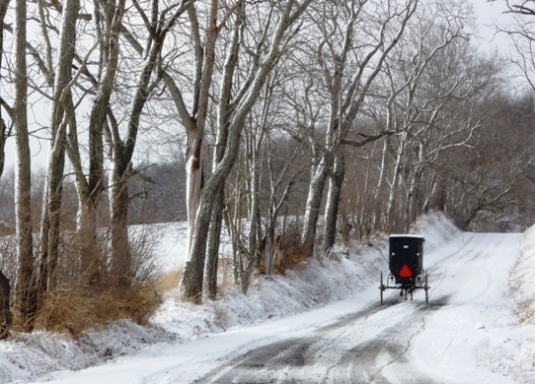
 A couple of winters ago I made made my own maple syrup in Vermont. It started out more as a reminiscence of when my Dad would do it, tediously cooking down the sap over the two burners of a Coleman stove. Or maybe it was to relive the childhood smell memories of wood smoke and tree sugar forged in local sugarhouses. It is almost sugaring time again and that reminded me of something peculiar that happened when making that syrup last time.
A couple of winters ago I made made my own maple syrup in Vermont. It started out more as a reminiscence of when my Dad would do it, tediously cooking down the sap over the two burners of a Coleman stove. Or maybe it was to relive the childhood smell memories of wood smoke and tree sugar forged in local sugarhouses. It is almost sugaring time again and that reminded me of something peculiar that happened when making that syrup last time. I saw that wheel from a distance and thought to myself, “C’mon, how many flavors can maple syrup really have?” I looked closely at it. There was mention of clove, smoke, molasses, forest humus, dried herbs, plastic, you name it. It wasn’t until I had that sap boiling – this was sap that only ran for two days before cold weather stopped the flow for anther few weeks – that I became aware of a corn-syrupy aroma. It was definitely corn. Then I discerned lightly toasted marshmallows, vanilla, and cocoa powder. Everything was clean. I hadn’t made candy or cake in any pots. It was the syrup made from the earliest runnings of sap from my trees that grew in a certain place on shallow soil atop slate ledges made of fossilized Lake Hitchcock clays, those clays made of the fine, fluvial residues of glacial till. I was befuddled – there was no trace of maple.
I saw that wheel from a distance and thought to myself, “C’mon, how many flavors can maple syrup really have?” I looked closely at it. There was mention of clove, smoke, molasses, forest humus, dried herbs, plastic, you name it. It wasn’t until I had that sap boiling – this was sap that only ran for two days before cold weather stopped the flow for anther few weeks – that I became aware of a corn-syrupy aroma. It was definitely corn. Then I discerned lightly toasted marshmallows, vanilla, and cocoa powder. Everything was clean. I hadn’t made candy or cake in any pots. It was the syrup made from the earliest runnings of sap from my trees that grew in a certain place on shallow soil atop slate ledges made of fossilized Lake Hitchcock clays, those clays made of the fine, fluvial residues of glacial till. I was befuddled – there was no trace of maple.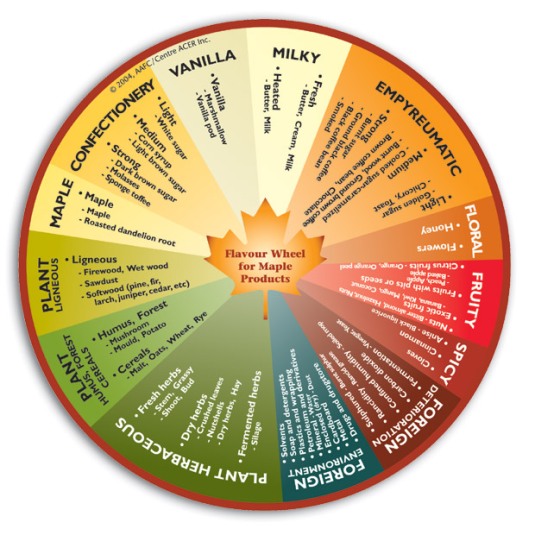 The way my mind works, or doesn’t on a given day, naturally leads me to think about other flavor wheels. Sadly, the first thing to pop up was “whatever happened to Flavor Flav?” The rapper with big clock around his neck.
The way my mind works, or doesn’t on a given day, naturally leads me to think about other flavor wheels. Sadly, the first thing to pop up was “whatever happened to Flavor Flav?” The rapper with big clock around his neck.
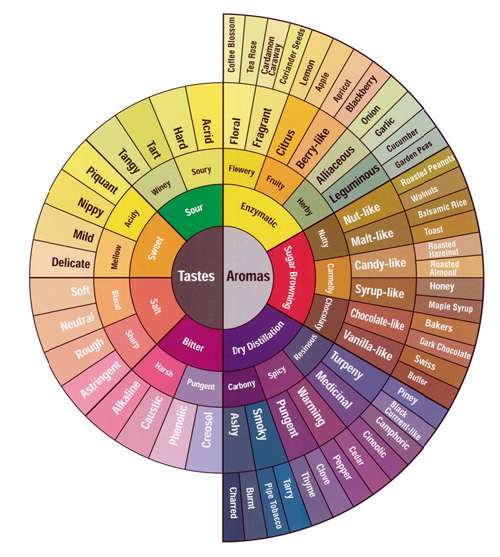 And another fun one for chocolate from Chocolopolis. It is a little hard to read on the light background, however.
And another fun one for chocolate from Chocolopolis. It is a little hard to read on the light background, however.

